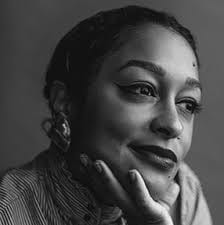The central idea revolves around the theme of strength and responsiblities a woman carries. The speaker talks about all the chores she has to do around the house and the erands she has to run. She also expresses how its expected for her to do these things like caring for childen, taking care of the house, and other daily tasks. However, besides the expectations she has to uphold as a woman, theres also a yearning for peace and wanting to relax for once but never being able to. This poem reflects on the exhaustion and burden woman face, but it also highlights the strength that Woman have as well. Angelou uses imagery to contrast the demands of work and the need for peace.
Angelou use of reptition with “ive got” emphsizes the duites she had fufull around the hous. It also represents the responsibility she feels and how she just is exptected to get the chorse completed .It highlights the nature of society duing this time and the exhaustion woman may have felt during this time. The speaker wishes time to pause and rest from all the work she must continue performing because her responsibilities consume her day. In Angelou’s work the searcher sheds light on rest not merely as physical relief but as both an emotional remedy and a spiritual recovery.
The universal expectations female society holds toward women become prominent in this poetic work. Through her job responsibilities that include child care and house maintenance and personal service to others the speaker illustrates traditional social expectations women must fulfill without voice of objection. Society demands that women provide every possible service to everyone but they never obtain time to tend to their own personal needs.
Maya Angelou presents through “Woman Work” an insightful analysis of how women conduct extensive physical and emotional work in their everyday lives. Through its narrative this work displays the feelings of tiredness and fustration that women experience caring for their houshold, it also reveals their power and endurance and desire for freedom of all these expectations. Through carefully chosen images combined with repetition of terms and natural elements Angelou portrays the demanding responsibilities women face as she reveals their spiritual relief. The work women perform requires societal understanding together with personal time for rest according to this poetic message.

